 |
 |
 |
| |
PHARMACOKINETICS, PHARMACODYNAMICS, SAFETY AND TOLERABILITY OF ACH-1625 (HCV NS3 PROTEASE INHIBITOR) IN HCV GENOTYPE 1 INFECTION
|
| |
| |
Reported by Jules Levin EASL 2011 Berlin Germany March 30-Apr 2
Victor Detishin1, Wouter Haazen2, Nicoline Treijtel3, Willem Hettema3, Edwin Spaans3, Heather Robison4, Lisa Robarge4, Atul Agarwal4, Milind Deshpande4, Elizabeth Olek4
1Clinical Hospital of Infectious Diseases and INNOPHAR MO S.R.L., Chisinau, Republic of Moldova, 2SGS Life Sciences Services, Clinical Research, Antwerpen, Belgium, 3Kinesis Pharma BV, Breda, The Netherlands, 4Achillion Pharmaceuticals, New Haven, CT, USA.
EASL: Achillion Announces Positive RVR Results With ACH-1625 to Treat Chronic Hepatitis C - (03/30/11)
Mean maximum HCV RNA decline through Week 4 (log10) 4.90 (200mg qd) 4.63 (400mg qd) 4.96 (800mg qd)
CONCLUSIONS
DDoses of 400 and 600 mg QD of ACH-1625 resulted in systemic ACH-1625 levels that produced robust antiviral effects.
NNo virologic breakthrough occurred in any subject during monotherapy with ACH-1625.
PPK/PD modeling predicted that HCV RNA declines of >3 log 10 could be achieved with QD dosing, similar to that observed in previously described BID doses.
TThe sustained viral load suppression observed among patients treated with the drug at Day 12 indicated that it may yield a potential advantage in longer duration combination treatment.
ACH-1625 in combination with pegylated interferon alfa-2a and ribavirin is currently being studied in a phase 2 clinical trial, where 400 mg QD or 800 mg QD are predicted to increase RVR >3-fold compared with current standard of care.



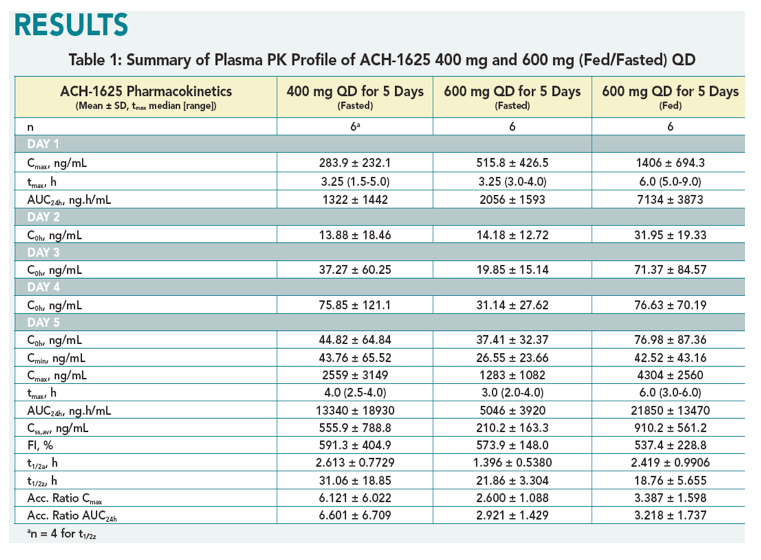
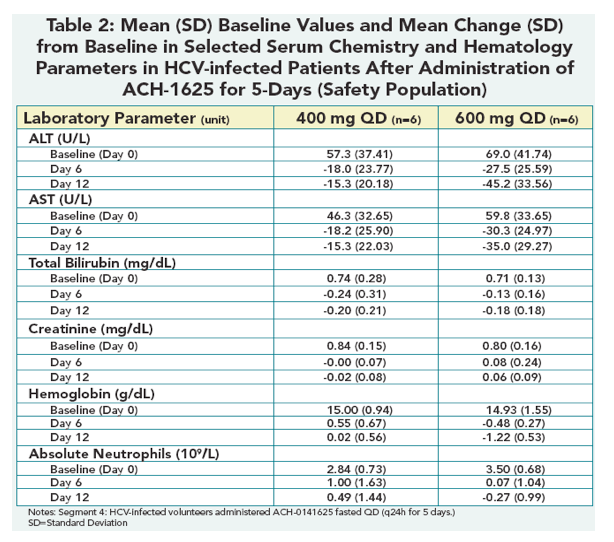
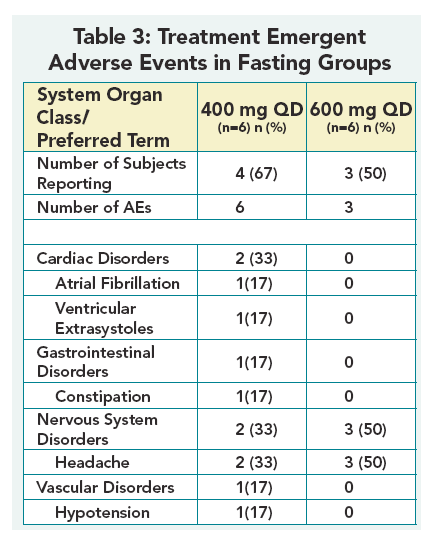
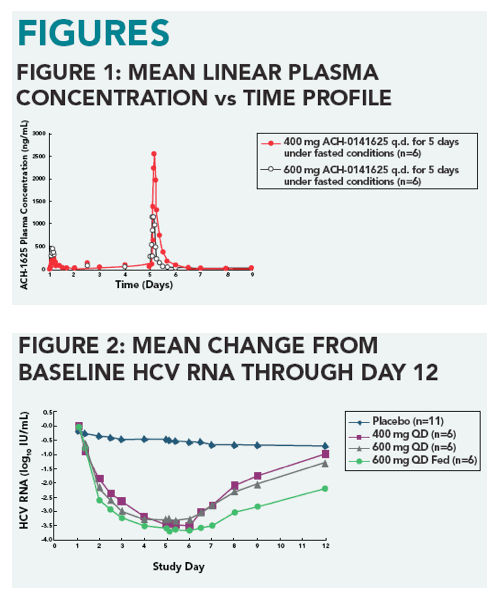

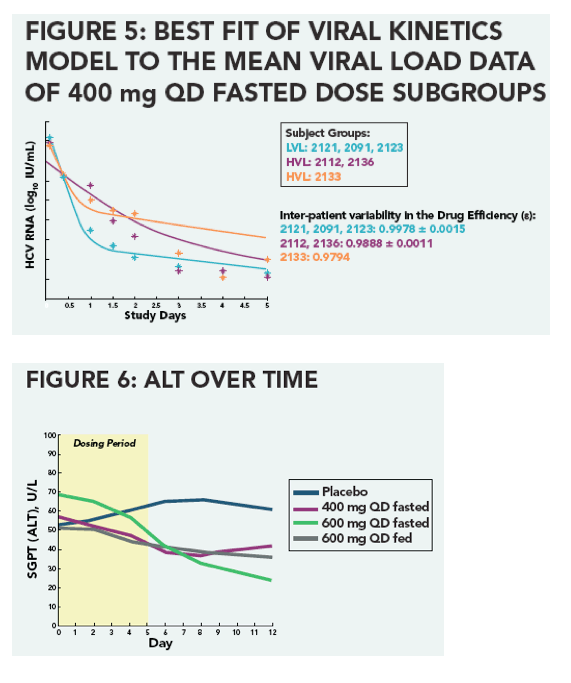
|
| |
|
 |
 |
|
|